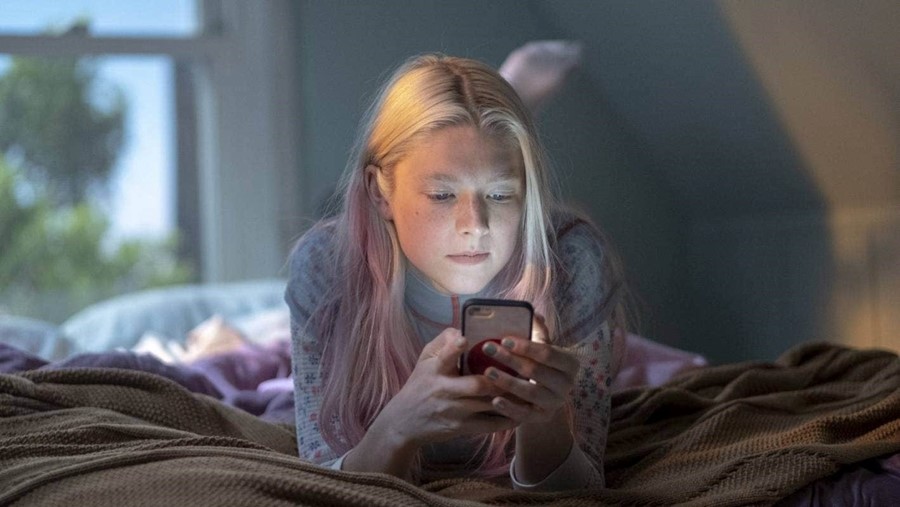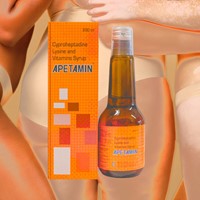Are we ‘normalising insecurities’ or just giving young people new ones?
There was a time when opening up about insecurities on the internet was widely praised, when people lauded it as starting important conversations, making celebrities more ‘human’ and helping the rest of us feel better about ourselves. But while breaking down physical stigmas and societal beauty standards may have been the initial goal of this kind of content, it’s taken a bizarre turn – now, it feels like we just talk about other people’s insecurities to feel better about our own.
Last month, TikTok creator Bert sent out an open call on TikTok to “keep physical trait insecurities to yourself or to a specialised support community”. In a now-viral video, he claimed that people are “spreading insecurities like diseases”. Bert believes that insecurities are “contagious” and that sharing them can make others notice new, negative things about themselves. “I was getting a lot of videos on my TikTok For You Page that were basically people ‘showing off’ their insecurities using TikTok trends and it was annoying,” he tells Dazed.
Countless insecurity-centred TikTok trends are currently circulating on the app, including hyper-specific things like checking if you have a gap between your mouth and nose. Then there are the anti-Semitic nose filters that people post as a way to rid themselves of insecurities, making those with larger noses feel worse in the process. Of all the trends, these faux insecurities, either created by make-up or filters, seem the most insidious. “Let’s normalise insecurities,” wrote one creator while using gum to create fake buck teeth. Another used make-up to create a crooked nose, writing “you are beautiful just the way you are” as the caption and posted a video where she glued hair between her brows to create a monobrow. Both videos have over 20 million views. By taking suggestions from the audience that don’t exist on their own bodies, these creators are playing dress up with other people’s insecurities, creating a bizarre content loop that capitalises on the virality of this trend, and then washing off the “insecurity”.
Ketki Mahabaleshwarkar, a 21-year-old based in London, says she was constantly discovering “new” insecurities on social media in her late teens. “I always thought that the older you get, the more self-acceptance and self-love you tend to achieve, but it definitely feels like I’ve unlocked a whole new set of body-related insecurities in the past few years,” she says. For Mahabaleshwarkar, the culprit has been the “clean girl” and “gentle healing” aesthetics championed by Instagram influencers, which she describes as portraying “it-girl-ness”.
Mahabaleshwarkar’s “unlocked” insecurities include “not having a line” down her back and stretch marks. “Stretch marks were something I had personally normalised as I grew up seeing them on my knees and lower back,” she says. “Seeing certain influencers zoom into their bodies and show them off wasn’t the issue, I actually thought it was empowering and beautiful to see. Instead, the statement: ‘it’s OK that you have stretch marks as a young woman and you still deserve to show them off!’ was what made me uncomfortable.” Mahabaleshwarkar says that before reading that she wasn’t aware it was something that many people hide.
The phrase “insecurities are contagious” is common online, with research backing up that emotions themselves can spread in groups. As social creatures, the idea that we would be influenced (positively or negatively) by our communities is to be expected. However, social media is exposing us to more people, more emotions and more insecurities than ever before. How many of us knew what a “thigh gap” was before Tumblr or what “strawberry arms” were before brands tried to sell us a cream to fix it?
@m.00200417 #duet with @meghaess #crookednose ♬ Stressed Out - 𓆩♡𓆪
Dr Leslie Becker-Phelps, the author of Bouncing Back from Rejection and Insecure in Love, says that the closer your relationship is with another person, the more likely their emotions and insecurities will have an impact on you. While there are limited online studies, this could also be applied to close parasocial relationships (your favourite influencer perhaps). “It is possible to connect with others by joining together in their insecurities, which will heighten them and could lead to other insecurities,” she says. “Anxiety has a tendency to spiral, to build on itself.”
As having insecurities is a natural part of the human experience, this doesn’t mean we should avoid the topic altogether. In fact, Dr Becker-Phelps says sharing insecurities in a closed forum could be extremely helpful. “The collective identity would be about growth, not about insecurities,” she says. “Encouraging growth does not mean just validating someone from the outside but encouraging them to find their worth from within.” Dr Becker-Phelps also says that context matters a lot when it comes to insecurity content, with the message that we are all imperfect in some way having the potential to be helpful. How this often manifests online, though, can be in the format of thin, white women bending their bodies to create bloating or “fat roll” content. This speaks over actual body acceptance or body positivity activists existing in marginalised bodies.
Bert’s video encouraging people to not share their insecurities also touches on an important topic of whether the onus is on the creator, viewer, or social media channels themselves to be mindful of what they’re sharing. That said, despite developing new insecurities online, Mahabaleshwarkar doesn’t believe creators should be censored from expressing vulnerability online.
@serenalakkiss Replying to @Cringe tok #insecurities #smilelines ♬ Stressed Out - 𓆩♡𓆪
“Usually I consume the content with the assumption that it has good intentions: to normalise body types and share personal stories of empowerment,” she says. Once viral, however, the content may be interpreted in thousands of different ways. Mahabaleshwarkar believes we should do more to curate our own content, including utilising the filter and block buttons. The issue with this is that the most susceptible generation (young teenagers) may be less inclined to do so. Using the block button alone also won’t address the larger culture of physical fixation and body checking. Even with the most honourable intentions, hyper-focusing on any specific body part can only further encourage the analysing of bodies in an unhealthily microscopic way.
In an algorithmic world, there is an argument for small creators to have the agency to express insecurities without expecting each video to reach one million eyes. For adult creators with large platforms, however, attempting to “normalise” an insecurity that you don’t have yourself, or to capitalise off other people’s insecurities, only continues to reinforce these problematic beauty standards. Because if you can shrug off the “insecurity” after the video is done, you might not be the best person to speak about it. And if it’s something you’ve never experienced discrimination over, it may be best to just share it offline with a friend. After all, there are plenty of other topics to shed light on that won’t send us all into an insecurity spiral.
Join Dazed Club and be part of our world! You get exclusive access to events, parties, festivals and our editors, as well as a free subscription to Dazed for a year. Join for £5/month today.




